 Clique para aumentar
Clique para aumentarBacchus (1595) é uma pintura do mestre barroco italiano Michelangelo Merisi da Caravaggio (1571-1610). Está na Galeria Uffizi, Florence.
The painting shows a youthful Bacchus reclining in classical fashion with grapes and vine leaves in his hair, fingering the drawstring of his loosely-draped robe. On a stone table in front of him is a bowl of fruit and a large carafe of red wine; with his left hand he holds out to the viewer a shallow goblet of the same wine, apparently inviting the viewer to join him.
Whether intentional or not, there is humour in this painting. The pink-faced Bacchus is an accurate portrayal of a half-drunk teenager dressed in a sheet and leaning on a mattress in the Cardinal's Rome palazzo, but far less convincing as a Graeco-Roman god. The fruit and the carafe have attracted more scholarly attention than Bacchus himself. The fruit, because of the inedible condition of most of the items, is believed by the more serious-minded critics to signify the transience of worldly things. The carafe, because after the painting was cleaned, a tiny portrait of the artist working at his easel was discovered in the reflection on the glass.
Bacchus' offering of the wine with his left hand, despite the obvious effort this is causing the model, has led to speculation that Caravaggio used a mirror to assist himself while working from life, doing away with the need for drawing. In other words, what appears to us as the boy's left hand was actually his right.
Ce tableau fait partie des trois peintures du Caravage aujourd'hui conservées à la galerie Uffizi. Retrouvé dans les réserves de la galerie en 1917 et attribué au Caravage par le critique d'art Roberto Longhi, il appartient à la première phase d'activité du peintre à Rome, alors que celui-ci travaillait dans l'atelier du Cavalier d'Arpin et vivait sous la protection du cardinal del Monte. Ce portrait très paganisant et non conventionnel est très éloigné des principes de la rhétorique olympienne. Le modèle (choisi parmi les « ragazzi » du petit peuple de Rome) se retrouve dans d'autres tableaux du Caravage, et notamment dans le Jeune Garçon mordu par un lézard.








.jpg)


















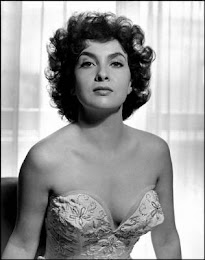

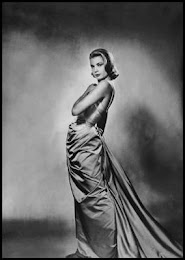



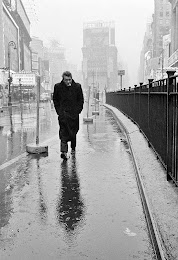
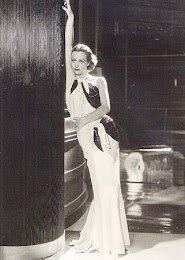









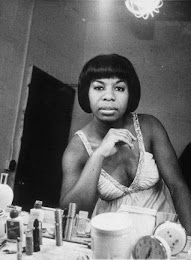





Nenhum comentário:
Postar um comentário